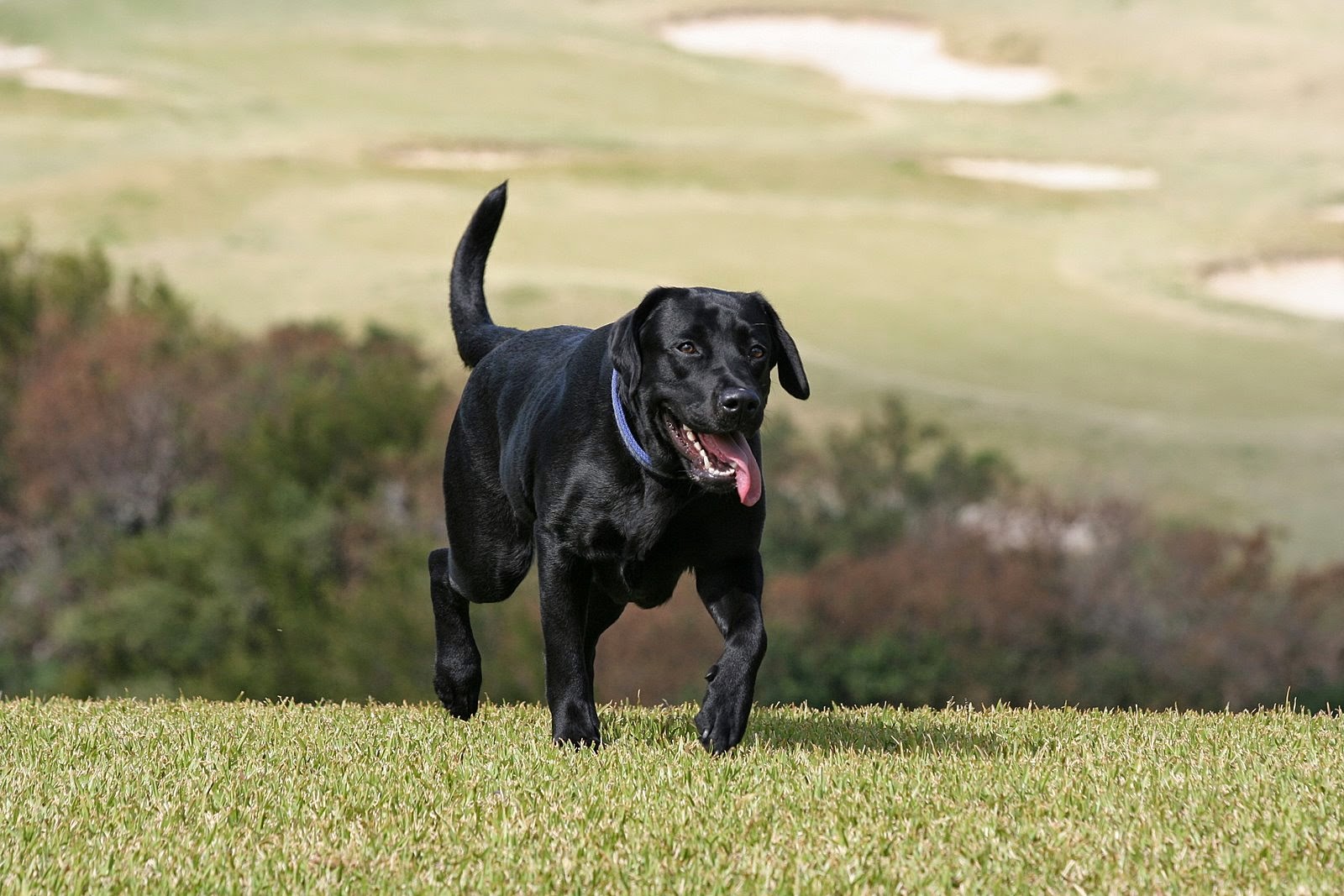Labrador Retriever
Labrador
The modern Labrador's
ancestors originated on the island of Newfoundland, now part of the province of
Newfoundland and Labrador, Canada.
The first and second Earls
of Malmesbury, who bred for duck shooting on his estate, and the 5th and 6th
Dukes of Buccleuch, and youngest son Lord George William Montagu-Douglas-Scott,
were instrumental in developing and establishing the modern Labrador breed in
19th century England. The dogs Avon ("Buccleuch Avon") and Ned given
by Malmesbury to assist the Duke of Buccleuch's breeding program in the 1880s
are considered the ancestors of modern Labradors.
The first St. John's dog
was said to be brought to England around 1820; however, the breed's reputation
had spread to England long before. There is a story that the Earl of Malmesbury
saw a St. John's Dog on a fishing boat and immediately made arrangements with traders
to have some of these dogs exported to England. These ancestors of the first
labradors so impressed the Earl with their skill and ability for retrieving
anything within the water and on shore that he devoted his entire kennel to
developing and stabilising the breed.
Temperament:
The Labrador Retriever is a
very active, excitable dog, bred for hunting and swimming and overall energy.
This can make it an excellent family pet, and largely accounts for the breed's
popularity--but it can also make the breed into a handful and a real challenge
for inexperienced dog owners who don't know how to train and handle large,
active dogs like the Lab. Although Labs are wonderful dogs once their owners
understand how to deal with them, they can be the worst nightmare of people who
think that a few pats on the head, a walk now and then, and lots of treats to
keep the peace are a viable strategy for owning a dog of this breed. Labs are
extremely friendly. This can be a very good thing--it's easy to introduce your
Lab to a new person without lots of barking or aggressive behavior--or a very
bad thing--since the eighty-pound Lab will often express his or her
friendliness by jumping on that same new person, sometimes even knocking them
down. Although Labs are highly intelligent, they often get a reputation for
being fools of the canine world due to their overexuberance and even
hyperactivity. Labs also remain mentally immature for the first three years of
their life, exacerbating the problem of their overfriendliness considerably.
Careful training can get these intelligent dogs to think twice about their
actions, however, and can make them "safe for company."
Height, Weight:
Height: Males 22 - 24
inches (56 - 61cm) Females 21 - 23 inches (53 - 58 cm)
Weight: Males 60 - 75
pounds (27 - 34 kg) Females 55 - 70 pounds (25 - 32 kg)
Some males can grow to 100
pounds (45 kg) or more.
Living Conditions:
Labrador Retrievers will do
okay in an apartment if sufficiently exercised. They are moderately active
indoors and will do best with at least an average-sized yard.
Exercise / Training :
This breed is easily
trained. Early socialization and basic obedience are recommended. The Labrador
Retriever is very strong and must be taught not to pull on their leash. They do
not respond to harsh or heavy-handed methods. The Labrador Retriever needs
fairness, firmness, consistency, reward, and respect. They excel in tracking,
police work, search and rescue, agility, competitive obedience, guide for the
blind, and as service dogs for the disabled.
Delightful, high-spirited,
and energetic, the Labrador Retriever requires a great deal of exercise. They
enjoy family play sessions, securely leashed walks, swimming, and a safely
fenced yard to run and romp freely. This breed will do okay in an apartment
dwelling provided they are given sufficient exercise, attention, and
stimulation.
Life Expectancy:
About 10-12 years
Grooming / Care:
The short coat of the Labrador
Retriever only requires an occasional brushing. But because he sheds you may
find yourself brushing him once or twice a week to remove loose hair. (What you
get out with a brush doesn't fall out in your home!)
Conclusion:
The Labrador is a moderate
dog, not extreme in any way. It is square or slightly longer than tall, of
fairly large bone and substance. Its broad head and strong jaws should enable
it to carry the largest game birds, such as Canada geese. Its heavy body set
and strong legs enable it to swim and run powerfully. Its coat, which is short,
straight and dense with a soft undercoat, is weatherproof and helps to protect
it from icy waters. The Lab is a working retriever and should possess style
without over refinement and substance without clumsiness.
Few breeds so richly
deserve their popularity as the Labrador retriever. Devoted, obedient and
amiable, the Lab is good with children, other dogs and other pets. It will be a
calm house dog, playful yard dog and intense field dog, all on the same day. It
is eager to please, enjoys learning and excels in obedience. It is a powerful
breed that loves to swim and retrieve. It needs daily physical and mental
challenges to keep it occupied, however; a bored Lab can get into trouble.
Photos:
Videos:

.png)
.jpg)







Comments
Post a Comment